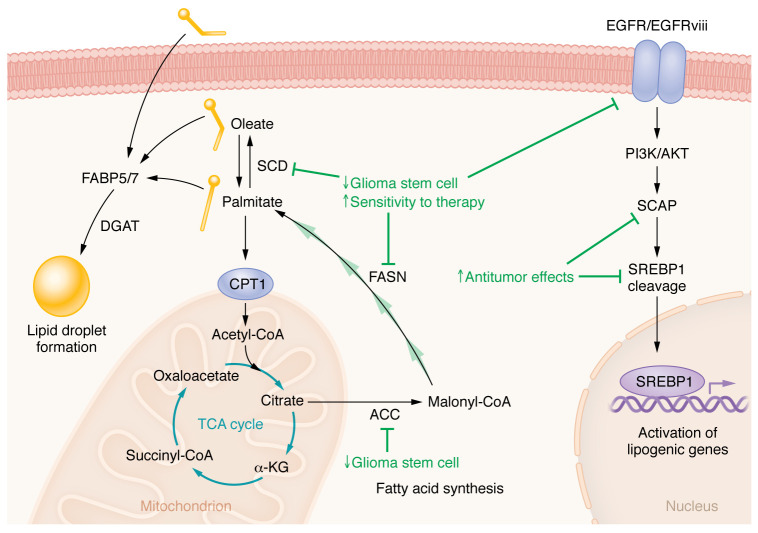Figure 1. Perturbing FA anabolism in GBM.
FA anabolic processes are critical for cellular growth, and blockade of anabolism is mostly associated with inhibition of glioma stem cell phenotypes and sensitization to anti-GBM therapies (anabolism-targeting strategies and their effects are shown in green). A master regulator of lipid biosynthesis in cells is EGFR-mediated SREBP-1 activation, and several studies have demonstrated that perturbation of this axis has strong antitumor properties. At the nexus of anabolism and catabolism is stearoyl-CoA desaturase (SCD), and there have been considerable efforts to inhibit these enzymes in both GBM and other tumors due to the tumor’s dependence on them to control FA desaturation. Blockade of SCD exerts powerful anti-GBM effects both in vitro and in vivo. FA synthesis is governed by both the multifunctional enzyme fatty acid synthase (FASN) and acetyl-CoA carboxylases (ACC1/2) . Targeting these enzymes prevent Glioma stem cell phenotypes and can promote other antitumor therapies. The role of each of these processes in tumors, their spatiotemporal location and activities, and how they promote therapy resistance are under active investigation.

